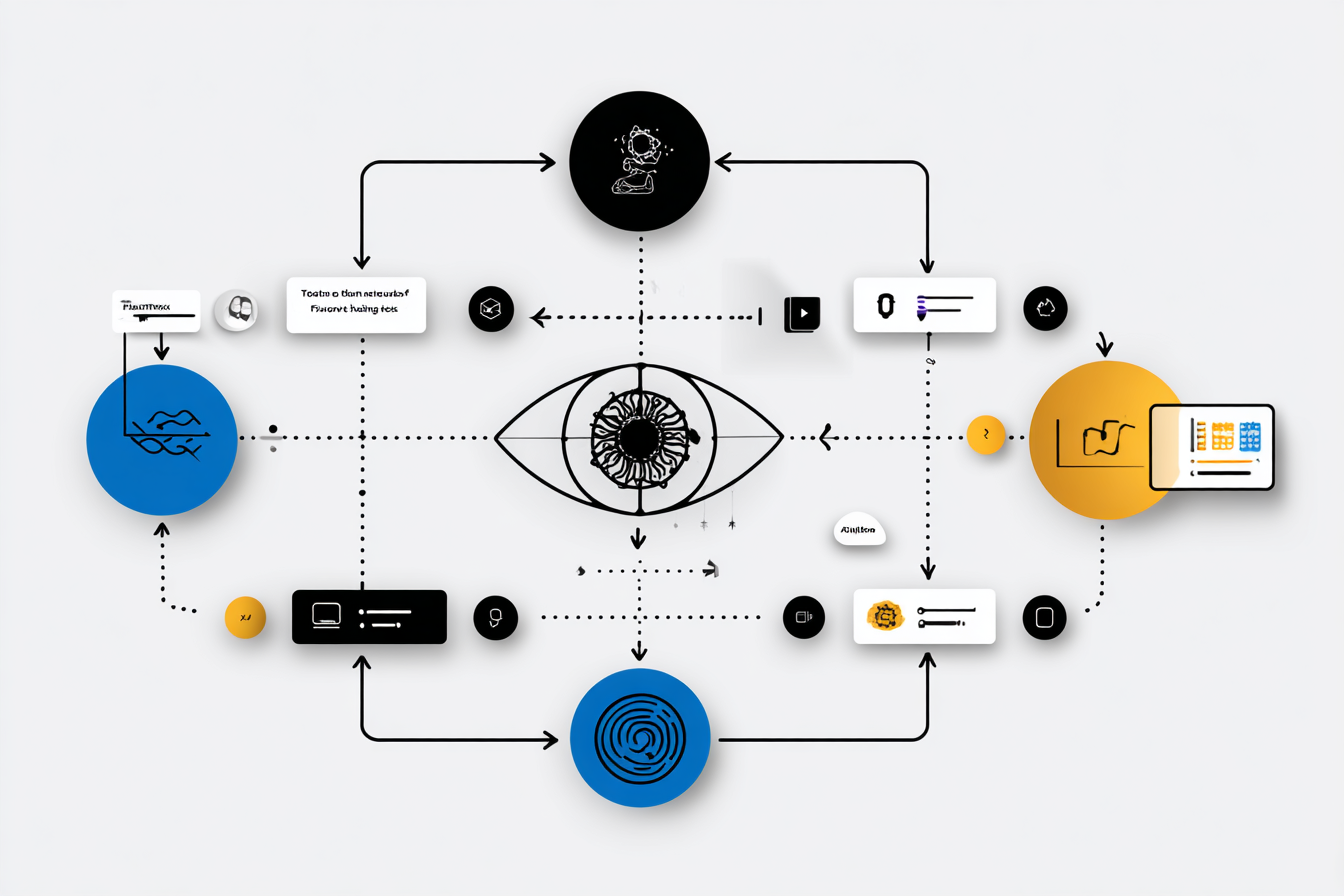Understanding the Fear of AI
It's no secret that the rise of artificial intelligence (AI) has stirred feelings of apprehension among many employees. The fear of job displacement, the unknown, and the complexities of new technology can lead to resistance against AI adoption. As leaders, it's crucial to recognize these fears and address them head-on. Understanding the root causes will help you frame your strategy for implementing AI tools effectively.
Fostering a Culture of Trust
To alleviate fears surrounding AI, fostering a culture of trust within your organization is paramount. Here are some actionable insights:
- Transparent Communication: Regularly communicate about the role AI will play in your organization. Emphasize that AI is a tool designed to augment human capabilities, not replace them. Host Q&A sessions where employees can voice their concerns and receive clear, honest answers.
- Involve Employees Early: Involve your team in the decision-making process regarding AI tool selection and implementation. Their insights can help tailor solutions to actual challenges they face, leading to greater acceptance.
- Provide Training and Resources: Offer comprehensive training sessions that allow employees to familiarize themselves with AI tools. This could include hands-on workshops and access to online resources that clarify how these tools can improve their work rather than complicate it.
Demonstrating Real-World Value
Another effective strategy is demonstrating the tangible benefits of AI tools. When employees witness firsthand the positive impact of AI on their workflows, their skepticism will dissipate. Here’s how to do it:
- Use Case Studies: Share success stories from within your organization or industry. Highlight how other teams have successfully integrated AI tools to enhance productivity, reduce errors, or boost creativity.
- Pilot Programs: Start with pilot programs that allow small groups to experiment with AI tools before a full rollout. Collect feedback, iterate on the implementation, and showcase improvements to the wider team.
- Celebrate Wins: Recognize and celebrate successful outcomes resulting from AI tool usage. Whether it’s a project completed ahead of schedule or improved customer satisfaction, public acknowledgment reinforces the value of these technologies.
Integrating AI into Daily Operations
Ultimately, the goal is to seamlessly integrate AI tools into your team’s daily operations. Here’s how to ensure this transition is smooth:
- Encourage Collaboration: Create cross-functional teams that utilize AI tools collaboratively. This will not only build trust but also foster a culture of innovation.
- Set Realistic Expectations: Make it clear that while AI tools can significantly enhance efficiency and accuracy, they still require human oversight and intervention. Setting realistic expectations will help prevent disillusionment.
- Gather Continuous Feedback: Regularly solicit feedback from users about their experiences with AI tools. This will help you make necessary adjustments and demonstrate to your team that their input is valued.
Innovoe's Role in Your AI Journey
At Innovoe, we understand that the successful adoption of AI tools is not just about technology; it’s about people. We specialize in building intelligent software systems that empower your teams and enhance their capabilities. By partnering with us, you can leverage our expertise to facilitate a smooth transition into an AI-enhanced environment. We provide tailored training programs, ongoing support, and a suite of AI-first solutions designed to meet your unique business needs.
As you embark on this journey, remember that trust is built over time, and your focus should be on fostering an environment where your team feels comfortable experimenting with AI. When employees view AI as an ally rather than an adversary, they’re more likely to embrace its potential, leading to innovative solutions and improved business outcomes.

